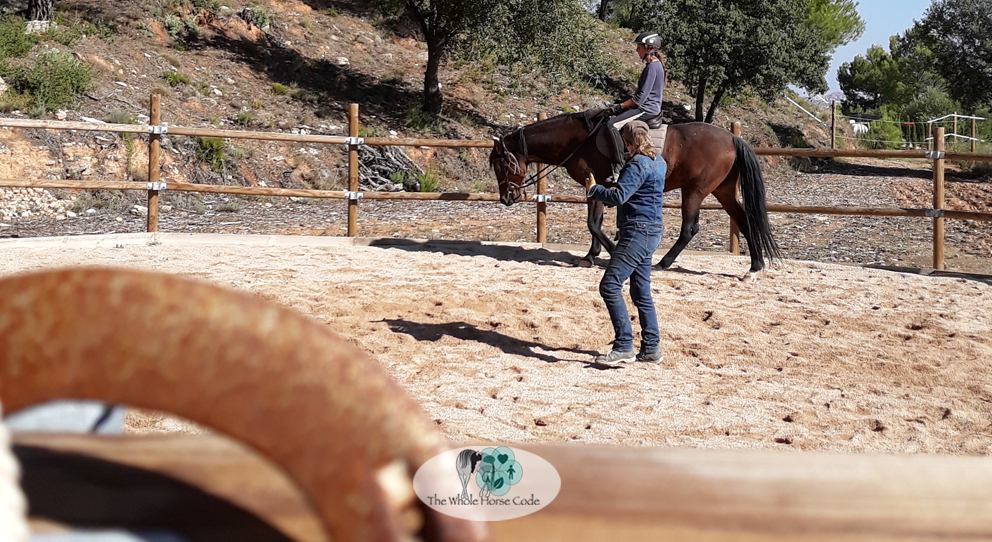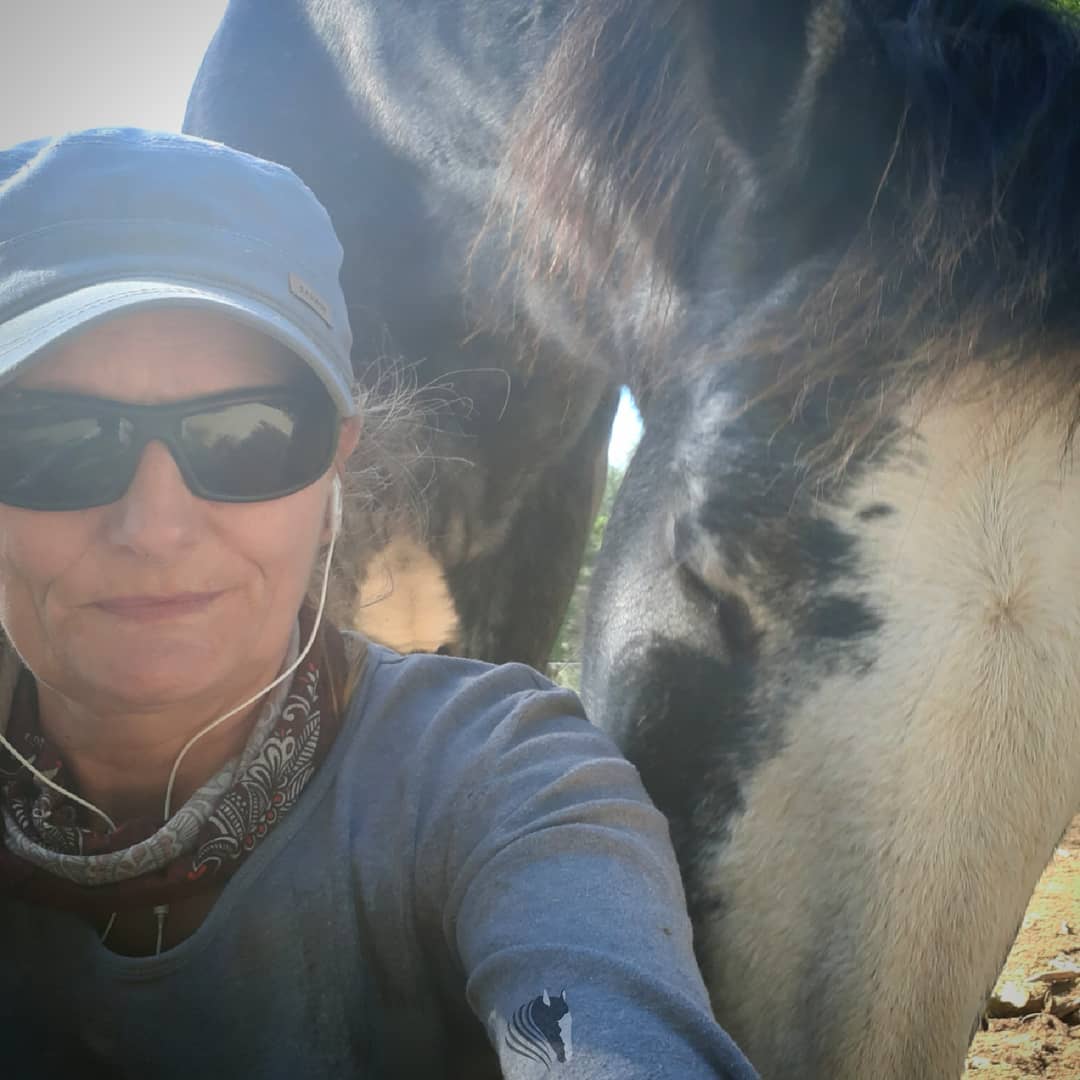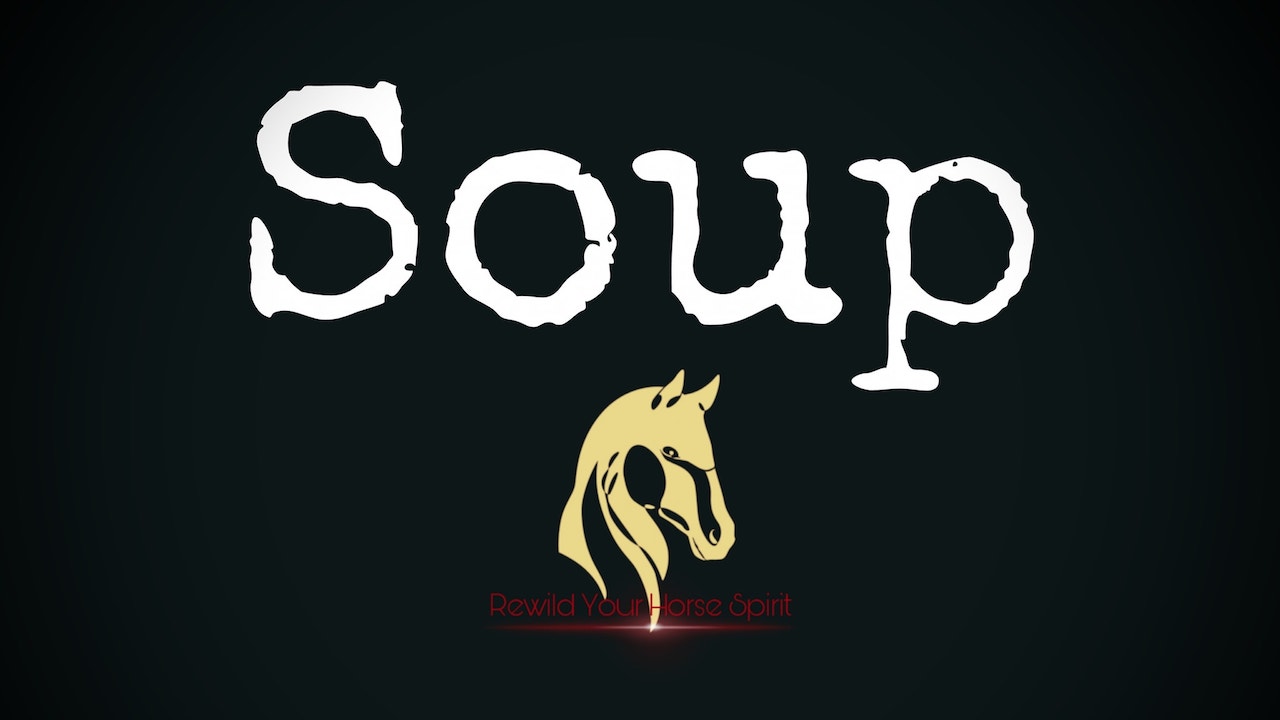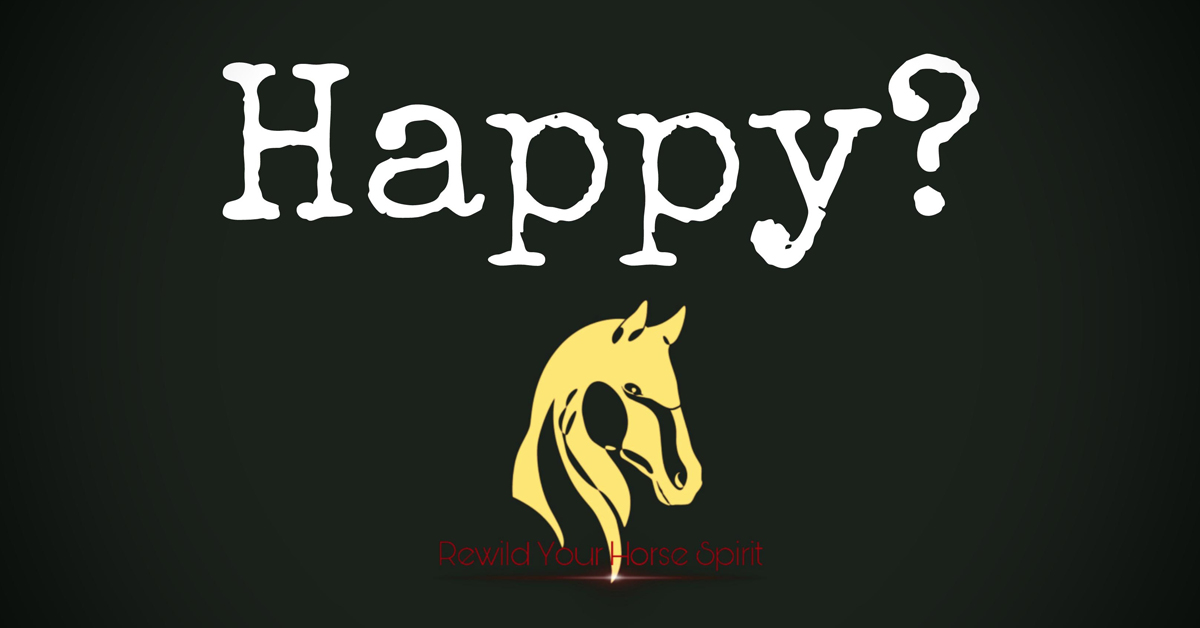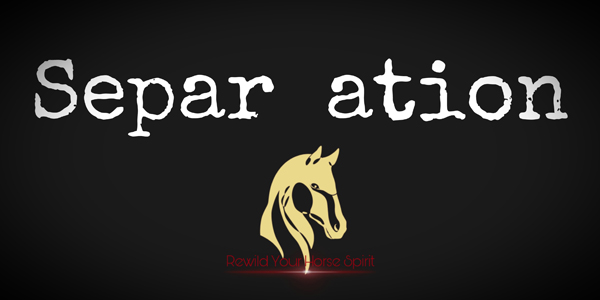This is for all those that think that if you don’t shoe your horse their feet will fall off…
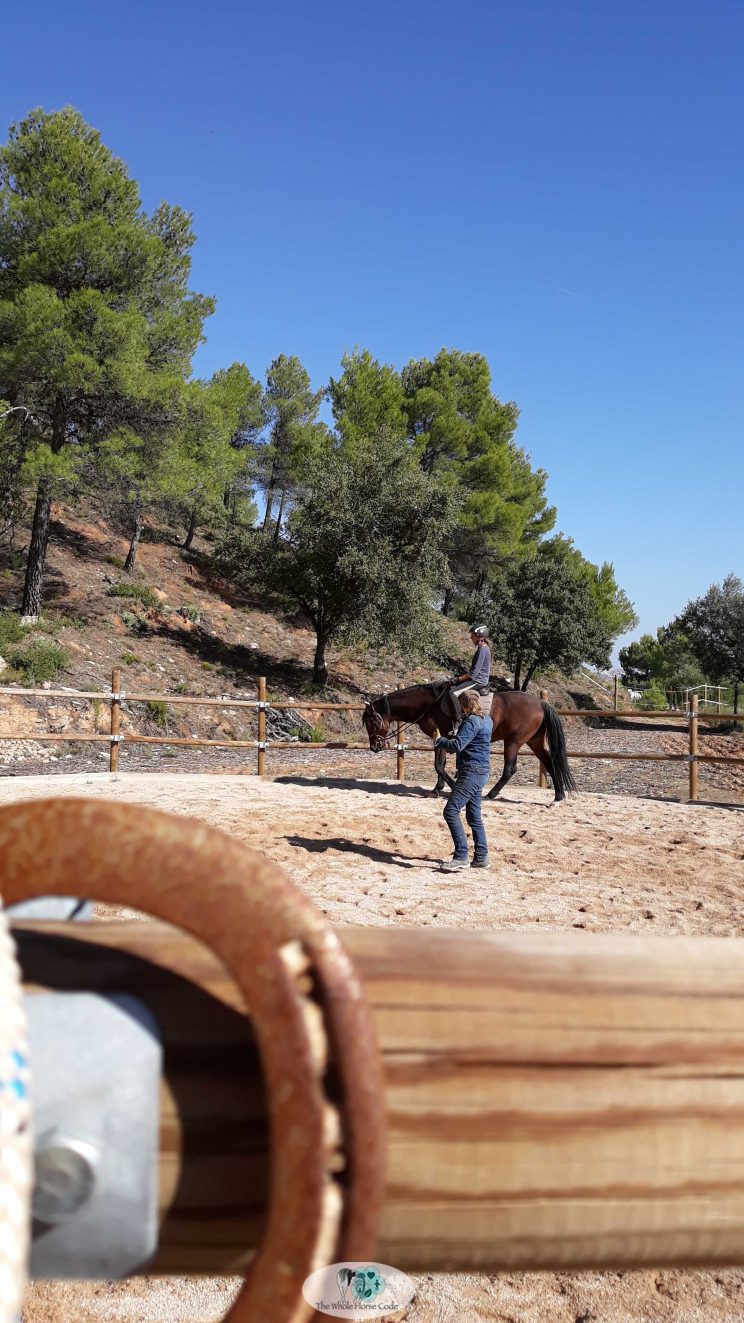 There seems to be a lot of mystique around transitioning a horse from shod to barefoot. The concern, although understood, is often misplaced and can usually be simply answered. The main questions I get are; Will my horse be lame? Will they be in pain? How long will it be before I can ride? Will I ever be able to ride again? Will the sky fall? Well ok not the last one, but the fear in their voices make you feel that would be the next question…
There seems to be a lot of mystique around transitioning a horse from shod to barefoot. The concern, although understood, is often misplaced and can usually be simply answered. The main questions I get are; Will my horse be lame? Will they be in pain? How long will it be before I can ride? Will I ever be able to ride again? Will the sky fall? Well ok not the last one, but the fear in their voices make you feel that would be the next question…
The short answers are, Maybe, Possibly, Depends, Yes and No… To ensure a successful outcome there are conditions that need to be considered, both of nature and nurture. Miraculously though these are all in reach of us mortal humans…
Earlier this year a student of mine began asking questions about transitioning her horse. He is a 17 year old Spanish Arab cross. Shod all his working life, so that’s 14 years, give or take. His human naturally was more than a little nervous about what the outcome might be. He is loved, I mean really loved and as such the thought of changing the status quo that could cause discomfort filled her with dread….
After many question and answer sessions, she made a leap of faith, and during one of our training sessions asked if I would help her…
Following is the truncated blueprint I drew up for successfully transitioning to Barefoot for her horse.
Patience:
Be prepared to do what you need to do for as long as it needs to be done… no whinging. It’s hard to see your best friend uncomfortable but it does not last and in the end they will thank you… I am asked often “well how long will it take”. My reply is the same as with all horse interactions, if time is more important than the outcome, it will take twice as long and you will have half the success.
Read and Research:
Knowledge is power, investigating and questioning everything creates confidence. This is their journey and it is one they have to invest time in. There are many books by different barefoot practitioners but also a wealth of information online. Reach out to others that have been through it. Seeing positive outcomes, horses competing and living a healthier life barefoot, is more powerful than anything else.
Diet:
If eyes are the windows to the soul, the hoof is a reflection of the overall health. The general rule is sugar and starch are your enemy. The changes made were; Switching to a low sugar and low starch, natural, organic feed. No GMO, processed content or added molasses, that’s habitually added to many commercial feeds. Take a look at the diet before removing the shoes. If the hoof is already stronger it will cope better with the change.
We added sea salt (non processed and anticoagulant free) 50 grams split over 2 feeds daily. Salt is generally overlooked and is a very important element to their diet. Personally I don’t believe salt blocks alone are enough. You can offer self select if your set up allows by having loose salt in buckets.
Half a cup of micronised linseed in each feed. This is a valuable source of good fats particularity omega-3’s and fibre, and at the same time high in protein but low in starch.
Ad-Lib Hay. Here in Spain it is common to feed alfalfa, which many consider the food of the devil! In Spain the choice is limited but we did switch to a more native meadow grass hay mix which although has an alfalfa content is better than 100% alfalfa.
Controlling his intake especially that of sugar, meant we were setting him up for success.
Movement :
Encouraging natural movement, shod or not, has more health benefits than I think we have yet to realise. Not only physically but also mentally.
When talking about those benefits that relate to barefoot, given the freedom of movement helps in many ways. It stimulates the foot, hardens the soft sole and reconnects the brain to their feet. Once the initial discomfort and the general weirdness has passed you will be amazed at how much more surefooted they are.
The level you can give depends on the land you have available. My client is lucky to have a paddock paradise set up with varied terrain, which he can traverse daily increasing his ability to cope naturally. If this is not possible there are things you can do. Take your horse for walks present him with different ground, grass, concrete gravel… Ascents and descents also help reconnect and fire those impulses from brain to feet.
Work :
In the first couple of weeks we backed off from any formal training. There is a lot going on, mentally and physically and by allowing him to “work it out” gave us a better reading on how he was coping. In my experience you will learn more from observing how they are dealing with the transition naturally than asking them to work through it.
Once you know when they are OK, and what makes them foot sore (if anything) you can slowly add to their routine. Always consider a training program that suits their progress.
Footwear :
My client was lucky, he was sound in hand and on the sand in the arena almost from day one, only being sore over rough ground. This had a lot to do with preparing him with the correct diet and environment before removing shoes and observing his progress making adjustments when necessary.
To help him with overcoming the soreness on the rough ground we introduced front boots. As he became more comfortable they were put in storage. There is little point him working in boots if they are not needed. How long they may require boots depends on their progress and what you are asking of them. For my client, with the right prep, he only needed them on rough ground for a short while.
Professional :
As a Whole Horse Code Trainer I know a lot about all aspects of care but even I rely on a barefoot professional to ensure my herd have the best feet; balanced and strong. A professional that can take care of your horses hooves is a must, they will support you and your horse. How often they need to visit will greatly depends on how your horse is coping. I put my student in contact with Marc Ferrador, one of the (if not the) best hoof care professionals in Spain.
I work with many shod horses. I’m happy to answer all questions regarding the benefits of keeping horses barefoot and transitioning but never insist. It has to be a decision based on all the information to hand, an educated conclusion. As a change in their horse care will inevitability be required they need to be invested.
This is what worked for my Client (horse) and Student (human). From taking the shoes off to being back undersaddle it was 7 months. During the transitioning period we continued building balance and strength with groundwork.
If you would like any further information then please get in touch. Remember – “Preparation and Patience is key otherwise you’re on a quick trip to nowhere good”
Check Out –
Barefoot and Beautiful – Windchaser Ranch
The Natural Horse – Jaime Jackson
Paddock Paradise -Jaime Jackson
The Naked Horse – Linda Chamberlain
Barefoot Horse Owners Group UK (don’t be fooled by the name it is a very international group where professionals hangout, no question is a silly one)
The Whole Horse Code
Holistic Horsemanship at Windchaser Ranch – comprehensive training and care, completely engaged in the unique relationship between your horse and you.

